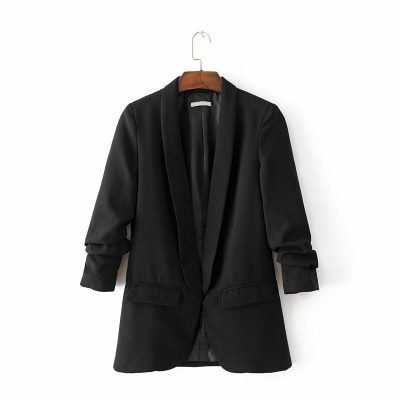The story of coveralls is a testament to the evolution of workwear and its impact on both fashion and functionality. Coveralls, also known as jumpsuits or boilersuits, have a rich history that spans across various industries and cultural shifts. Their journey showcases how utilitarian garments can transcend their original purpose to become symbols of style, resilience, and even rebellion. Here’s a glimpse into the revolutionizing journey of coveralls in workwear:
- Industrial Origins: Coveralls trace their roots back to the late 19th and early 20th centuries when they were primarily designed for industrial laborers. These one-piece garments provided full-body protection from dirt, debris, and hazardous materials, making them essential for workers in factories, construction sites, and automotive workshops.
- War Efforts: Coveralls gained prominence during World War I and II, becoming integral parts of military uniforms for mechanics, pilots, and other personnel. Their practical design allowed for easy movement and functionality in various combat and maintenance tasks.
- Cultural Symbolism: Over time, coveralls began to take on cultural symbolism. They were embraced by iconic figures like Rosie the Riveter, representing women’s contributions to the workforce during wartime. This further solidified coveralls as symbols of empowerment and strength.
- Counterculture and Rebellion: In the mid-20th century, coveralls made their way into counterculture movements. Artists, musicians, and rebels donned coveralls as a form of self-expression and anti-establishment statements, breaking away from conventional fashion norms.
- Fashion Adaptation: By the latter half of the 20th century, coveralls started to appear in fashion circles. Designers began reimagining coveralls, incorporating them into high fashion and streetwear collections. Celebrities and influencers further popularized them as trendy and edgy attire.
- Utility Meets Style: The practicality of coveralls resonated with people seeking functional yet stylish clothing. The fusion of utility and fashion led to various adaptations, from denim coveralls to sleek, tailored versions suitable for a range of occasions.
- Modern Allure: Today, coveralls are embraced by a diverse range of individuals, from professionals seeking comfortable work attire to fashion-forward enthusiasts looking for unique statements. They have found their place in various industries, including fashion, art, and even hospitality.
- Sustainability and Minimalism: The growing emphasis on sustainability and minimalism in fashion has given coveralls new significance. Their versatility and potential for layering align with the ethos of owning fewer, more adaptable pieces of clothing.
- Gender Fluidity: Coveralls challenge gender norms by being largely unisex. As societal attitudes toward gender identity shift, coveralls offer a clothing option that transcends traditional gender distinctions.
- Cultural and Global Influence: The adoption of coveralls extends beyond Western cultures. Many cultures worldwide have their own versions of one-piece workwear, highlighting the global significance of practical, versatile attire.
In summary, the story of coveralls is one of transformation—from functional workwear to symbols of empowerment, rebellion, and eventually style. Their ability to adapt and transcend industries and cultural shifts underscores their enduring appeal and relevance in the modern world. As fashion continues to evolve, coveralls remain a testament to the intersection of functionality, innovation, and self-expression.






















